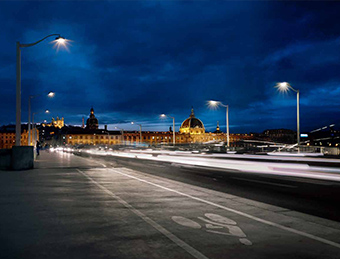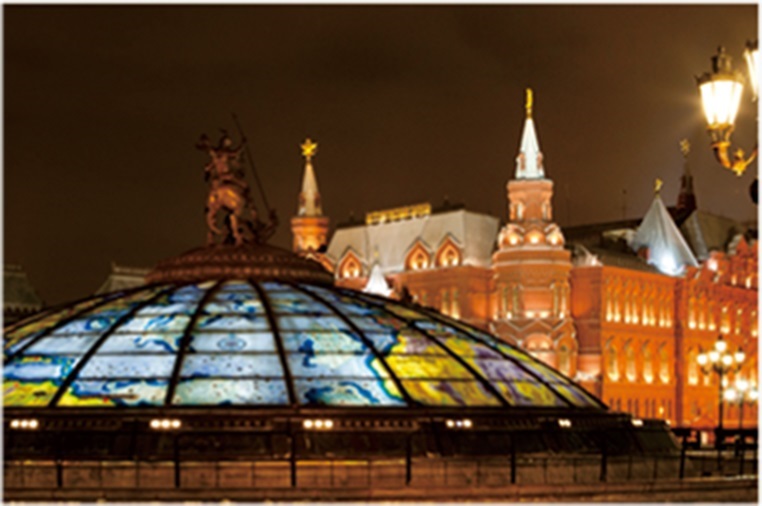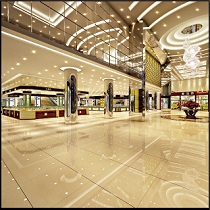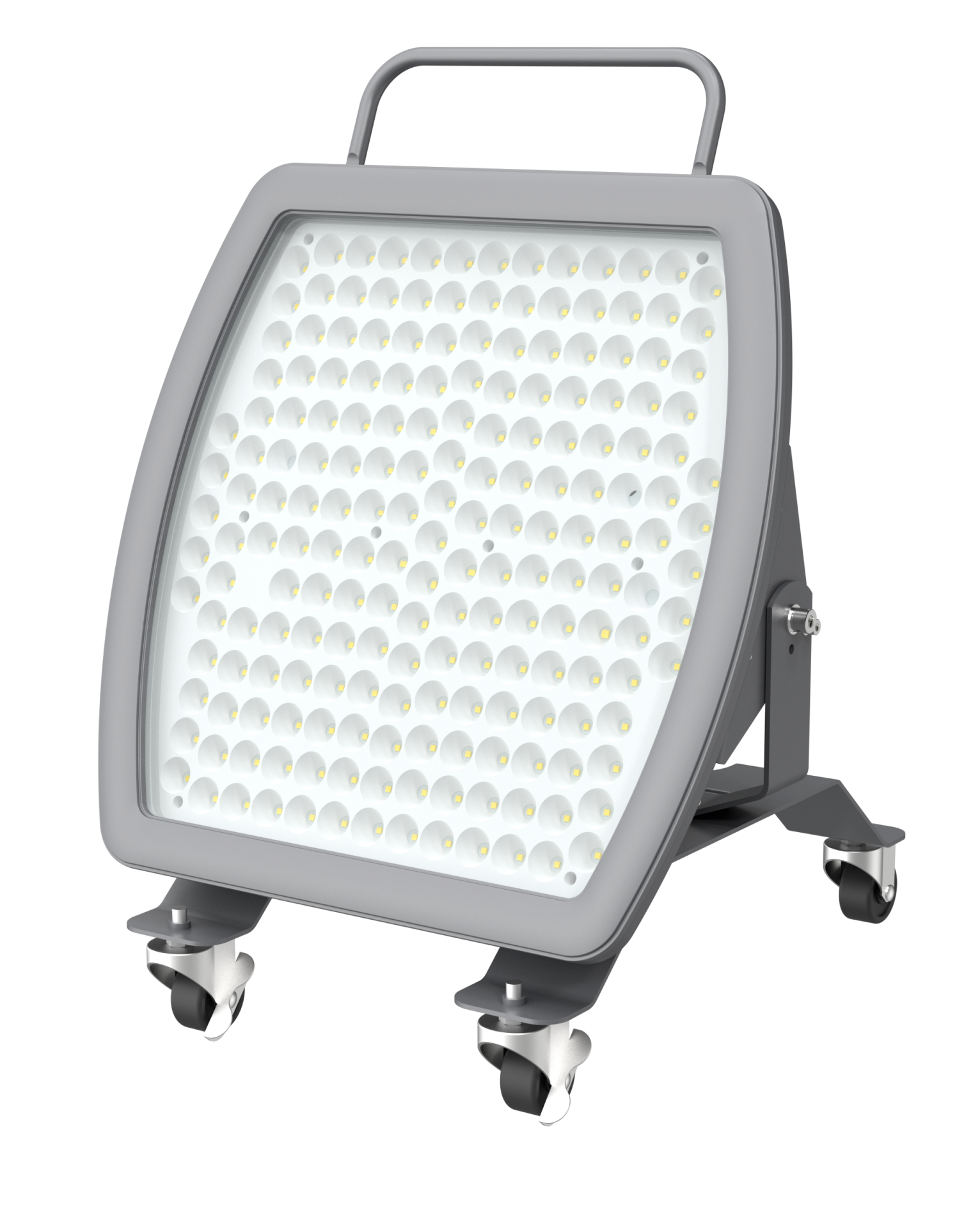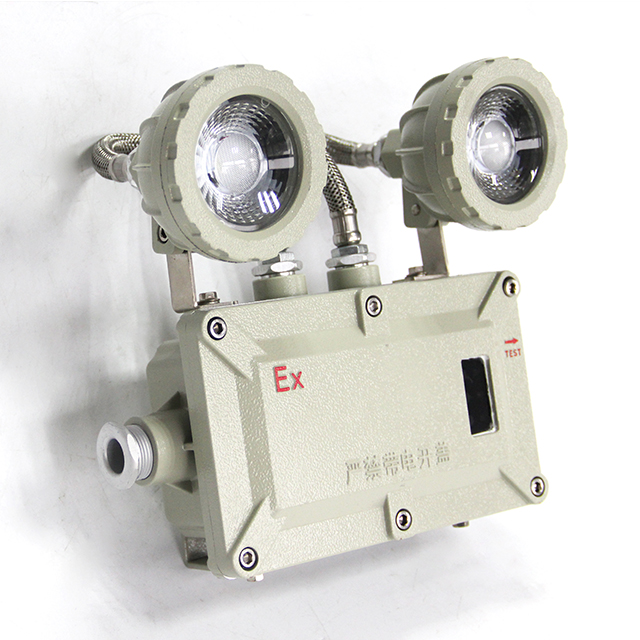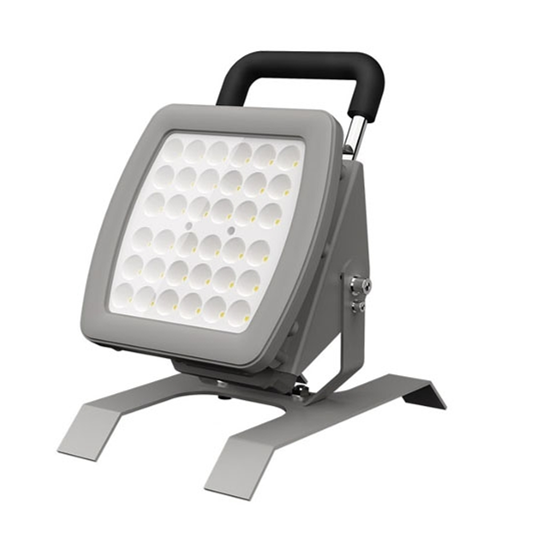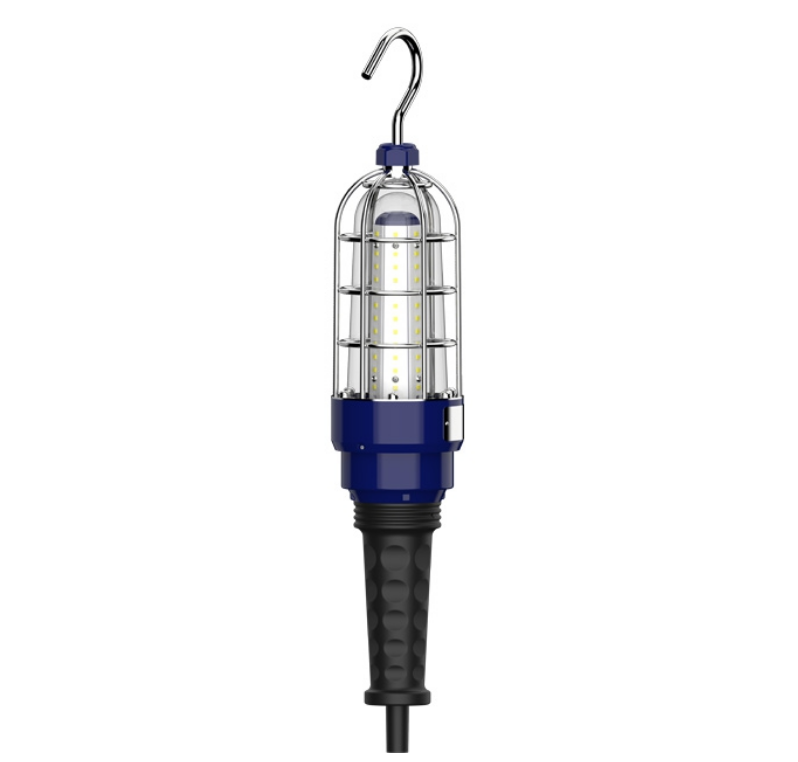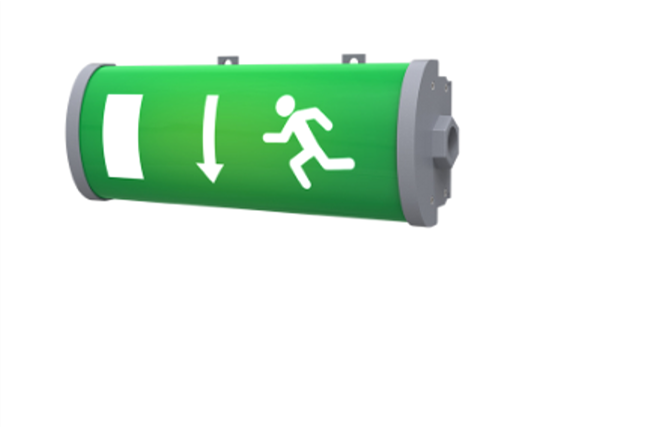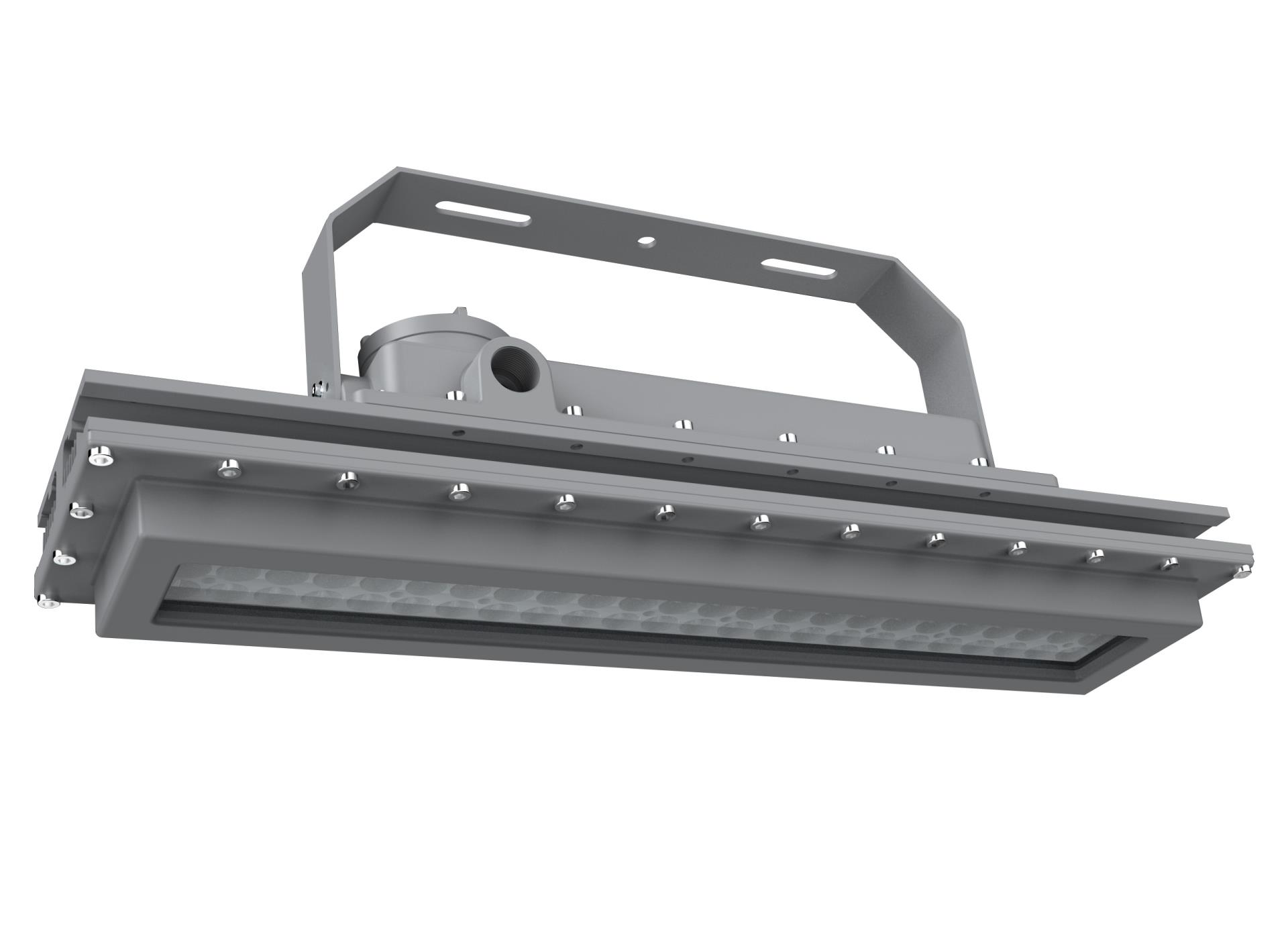LED lighting continues to evolve, offering innovative solutions that shape the way we light our homes, offices, and commercial spaces. As energy efficiency becomes an even greater priority and design aesthetics gain more attention, the next wave of indoor LED lighting promises to transform the way we experience interiors. In this article, we explore the latest trends in indoor LED lighting, focusing on sustainability, versatility, and cutting-edge design.
Energy-Efficient LEDs: More Than Just Savings
The main draw of LED lighting has always been its energy efficiency. These lights use significantly less power than traditional incandescent and fluorescent bulbs, which reduces electricity consumption and carbon footprints. But now, LED technology is taking it a step further.
Recent advancements in LEDs are enabling even greater reductions in energy use without compromising brightness or quality of light. Thanks to improved chips and better heat management, newer LED systems are more efficient than ever. This allows spaces to enjoy brighter, more vibrant lighting with less power draw—an important consideration for both residential and commercial applications.
Smart LED Lighting: Intelligent Control and Convenience
Smart lighting systems are no longer a novelty but a practical feature in modern homes and offices. The latest generation of LED lights comes with built-in smart technology, which can be controlled remotely via smartphones, voice assistants, or home automation hubs. These systems offer more than just on/off control—they allow for dimming, color adjustments, and even scheduling based on your daily needs.
This trend is leading to more tailored lighting solutions. Whether it's adjusting the lighting to match the mood of a room or syncing the lights with your daily schedule, smart LEDs enhance the user experience by offering unparalleled flexibility. In commercial settings, this level of control can significantly improve energy management, reduce waste, and enhance the productivity of workers.
LED Lighting with Adjustable Color Temperature
Another prominent trend in indoor LED lighting is the increasing ability to adjust the color temperature of bulbs. While warm, soft light is often favored in living areas and bedrooms for a cozy ambiance, cooler, whiter light is preferred in workspaces for increased focus and productivity. With the advent of tunable LED technology, users can now easily switch between warm and cool lighting to suit the time of day, activity, or even personal preference.
For businesses, this trend offers a great advantage. Retailers, for example, can use adjustable color temperatures to highlight different products or create varied atmospheres in different store sections. In the workplace, employees benefit from customizable lighting that improves comfort and performance, reducing eye strain and increasing overall satisfaction.
Sustainable and Eco-Friendly Design
Sustainability is a growing concern in all sectors, and the lighting industry is no exception. LED lights are already more eco-friendly compared to their predecessors, but manufacturers are increasingly incorporating sustainable materials and practices into their designs. From recyclable housings to energy-efficient packaging and manufacturing processes, the next wave of LED lighting will likely see further innovations that reduce environmental impact.
Additionally, as more people turn to indoor gardening and biophilic designs, LED lighting is helping to promote healthier living environments. Indoor plant lighting, which uses LEDs with the right spectrum to promote plant growth, is becoming more popular, contributing to better air quality and a connection to nature inside urban spaces.
Decorative and Architectural LED Lighting
LED lighting’s ability to be seamlessly integrated into various design elements is another reason for its growing popularity. Architectural lighting, such as recessed lighting, linear strips, and cove lighting, allows designers to create sleek, modern spaces without bulky fixtures. These lights can be hidden within walls, ceilings, or furniture, providing subtle yet impactful illumination.
On the decorative side, LED strips and accent lights are being used more creatively to enhance aesthetics. Whether it’s illuminating artwork, highlighting architectural features, or creating a dramatic mood, LED lighting offers flexibility and a vast palette of colors and intensities to achieve the desired effect.
Conclusion: The Future of Indoor LED Lighting
As LED lighting continues to evolve, it offers endless possibilities for improving energy efficiency, enhancing design, and providing greater control over our indoor environments. Whether through smart technology, customizable lighting, or sustainable practices, LED lighting is poised to play a central role in the future of interior design.
At adtoledlight, we are proud to be at the forefront of these innovations, providing high-quality, energy-efficient lighting solutions that meet the needs of both residential and commercial spaces. As the demand for more intelligent, versatile, and eco-friendly lighting solutions grows, we remain committed to offering the latest advancements in LED technology to help you create better, more sustainable lighting solutions for your spaces.



